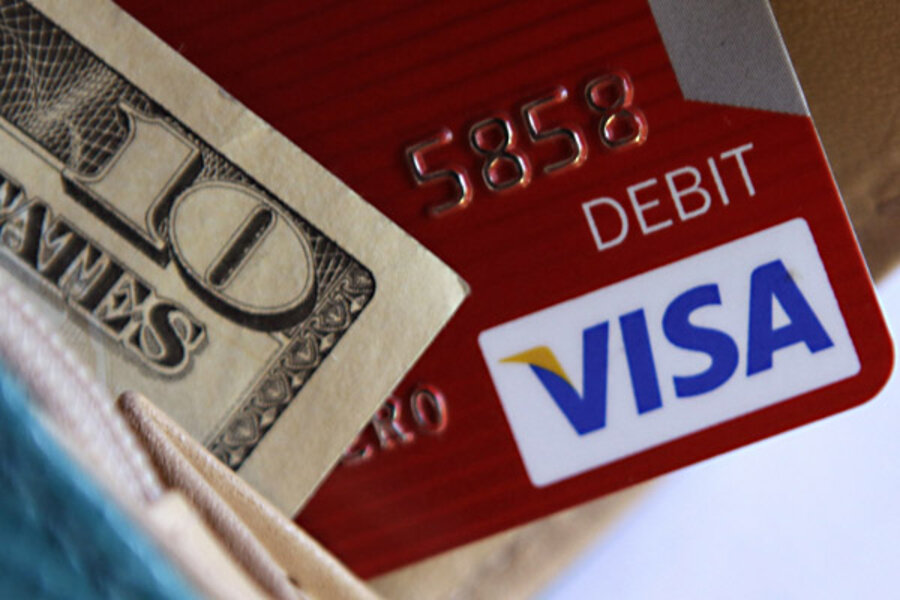Credit card worries? 5 ways to teach kids about plastic
Loading...
I review dozens of credit card offers each week to find the best deals. Check out more on our credit card page.
From the mortgage meltdown to out-of-control credit card use, Americans have a problem with debt. In fact, USA Today recently reported that many households now have a negative net worth. With everything we know about the burdens of credit card debt, parents need to raise their children to be responsible credit card users.
As a father and a credit card reporter, let me offer some suggestions…
1. Teach from an early age
Using a credit card isn’t a taboo topic to be whispered about behind closed doors. Even at 5 years old, our daughter watches me and my wife use our credit cards at stores – and we explain to her that we’re spending real money we worked hard to earn. The lesson here, lost on some adults, is that there’s a direct relationship between the amount earned and the money that can be spent. My parents did the same, teaching me that credit cards were not a magical source of money, and that we had to pay for everything we charged each month.
2. Make your teenager an authorized cardholder
By the time I was old enough to walk around town without my parents, they made sure I had a credit card – but under their account. At first, I was only to use this card with their specific permission or in an emergency. Later, they allowed me to make small charges at my own discretion, so long as I paid them back when the bill was due. The first person who grants a child credit should be their parents.
3. Pay bills together
Children learn a lot about our democracy by joining their parents in the ballot box, and they can gain an understanding about personal finance by sitting down to pay bills together. Discuss how much money you earn, how you plan your budget, and the importance of paying bills on time. If you pay your bills online, your teenager will probably be teaching you some Web tricks before too long.
4. Manage your child’s accounts together
When the time comes for children to open their own accounts, parents should hold their hands every step of the way. Whether it’s a child’s first savings account or a teenager’s first credit card, you should partner with your children from the beginning. Go to the bank with your child and show them how an account is opened. Or do it together online. Then follow along with your child as he or she learns how banking works. By the time you’re called in to bail your adult child out of credit card debt, it’s already too late.
5. Consider prepaid cards
One way to teach credit card responsibility is with a prepaid card. These products, which are becoming increasingly popular, combine much of the convenience and security of credit cards with the safety of debit cards. I recently started evaluating the American Express Prepaid Card, and I’ve been impressed so far. There’s no fee to order it online, no usage fees, and no monthly fees. Reloads using direct deposit or a bank account are free, and refills of up to $500 can be purchased at retailers for an additional charge of $3.95. At the same time, this product offers credit card-like benefits such as purchase protection and roadside assistance.
Bottom line
Parents have a duty to teach their kids strong financial skills. When they take the time to partner with their children and teach them how to manage credit responsibly, the rewards will be immeasurable.
Disclaimer: This content is not provided or commissioned by American Express. Opinions expressed here are the author’s and have not been reviewed, approved, or endorsed by American Express. This site may be compensated through the American Express Affiliate Program.
Jason Steele is a writer at Money Talks News, a consumer/personal finance TV news feature that airs in about 80 cities as well as around the Web. This column first appeared in Money Talks News.







